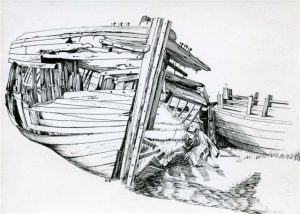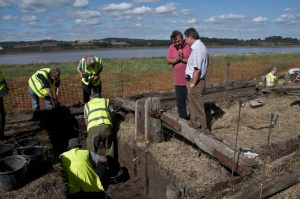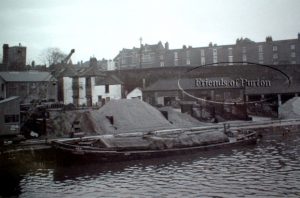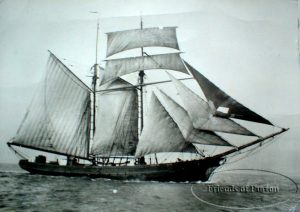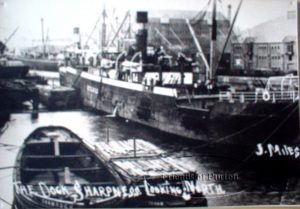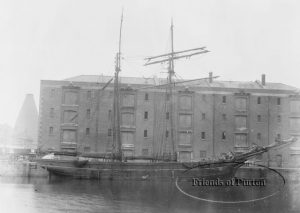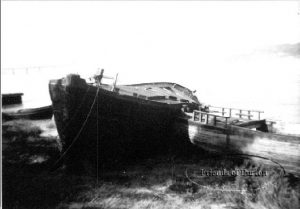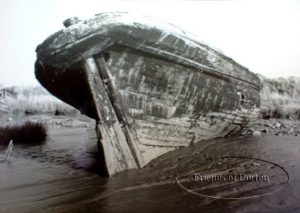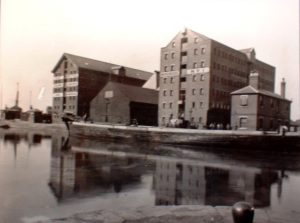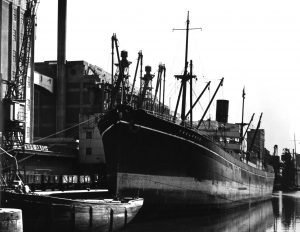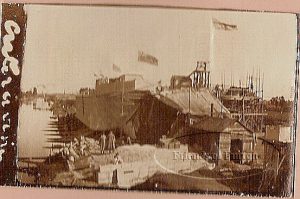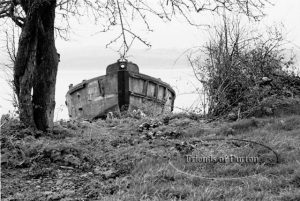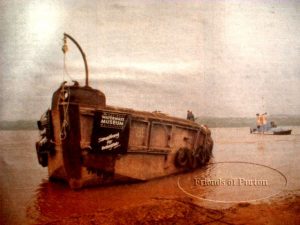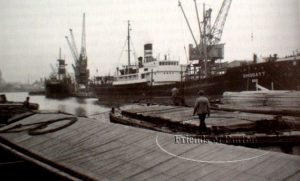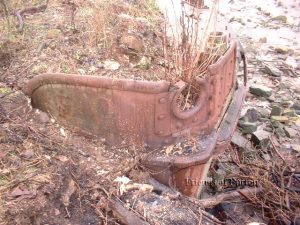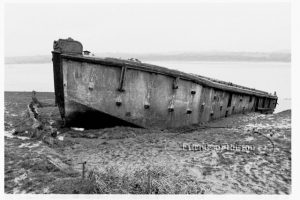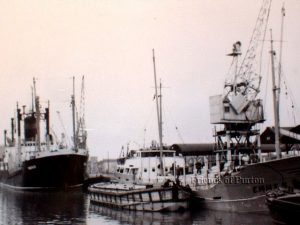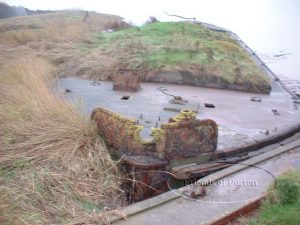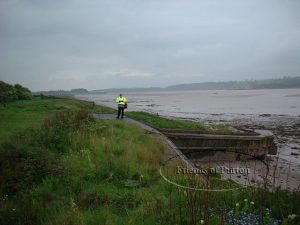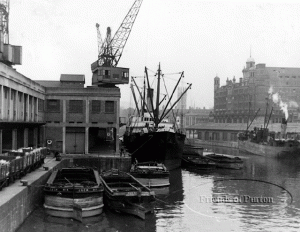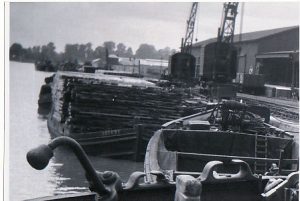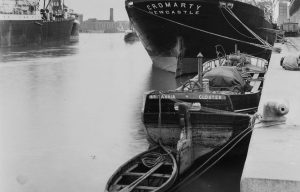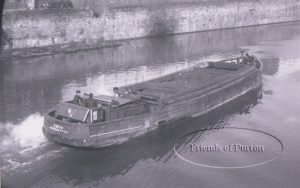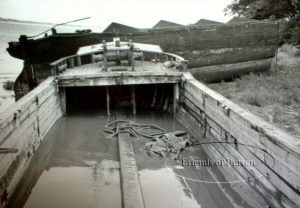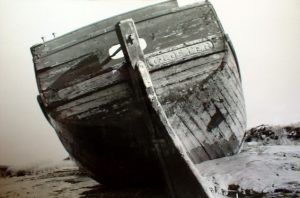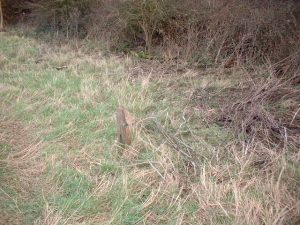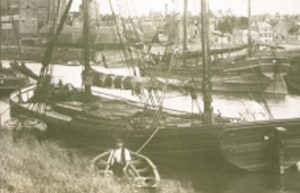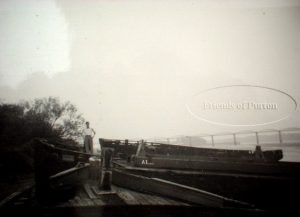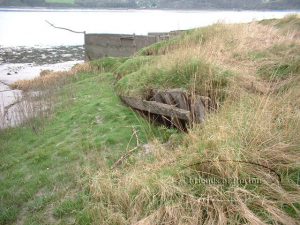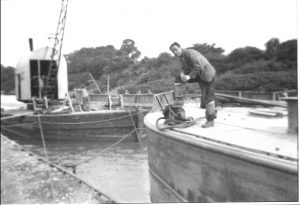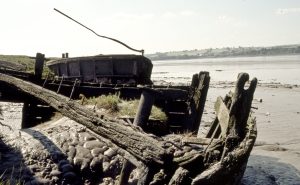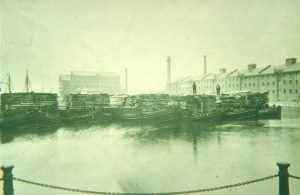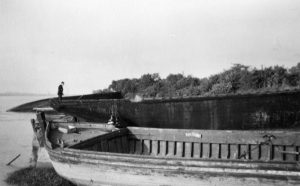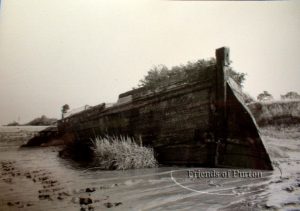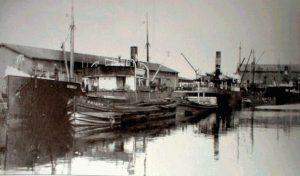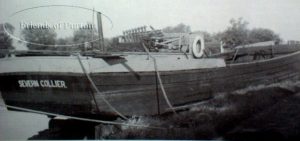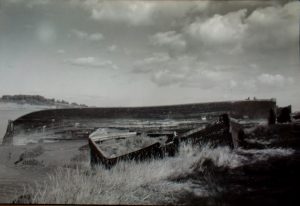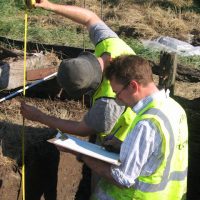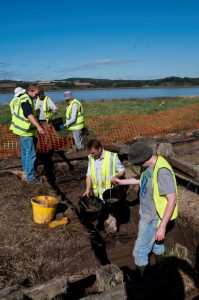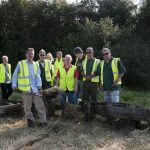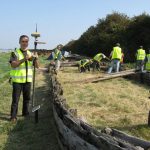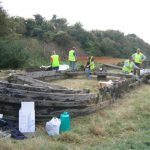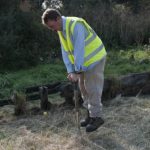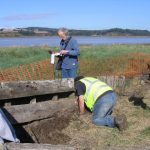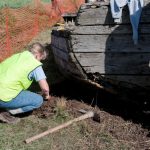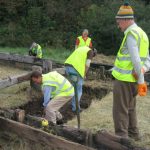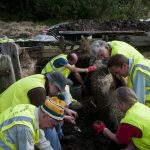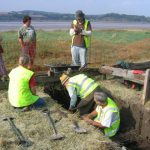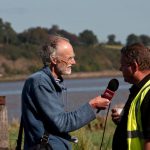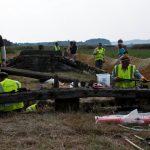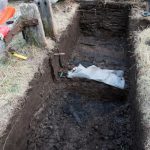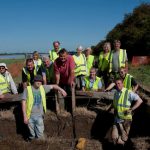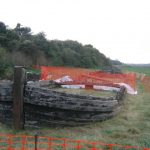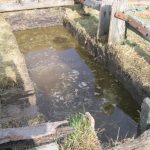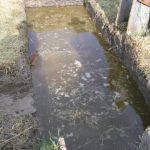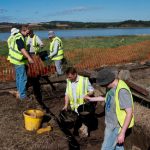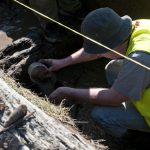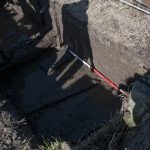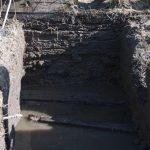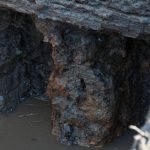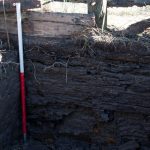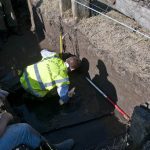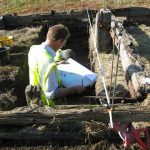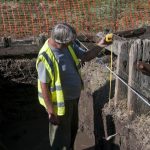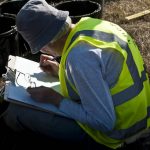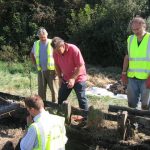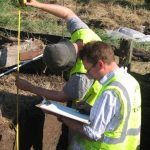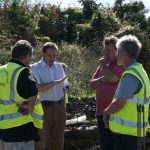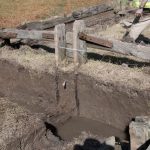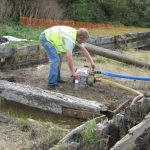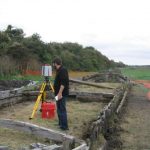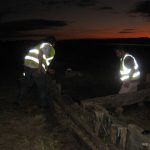purton Hulks
Largest ships' graveyard in maritime Britain
Listen to the remarkable story behind this site of historical importance.
The Hulks at Purton
Read more about the history of these ladies of the water
Schooners
Barges – Canal Stern, Ferro Concrete & Honey Street
Trows
Dockyard and Work Boats
Archaeology
General Archaeology
NAS surveys of Purton Hulks 2008
General archaeology
Harriett Excavation
For three days in September 2009, members of the ‘friends’ joined forces with Archaeologists and students of the Nautical Archaeology Society to undertake a survey of the mast head section of Purton hulk ‘Harriett’. With no extant Kennet Canal narrow beam barge to research, this dig provided a unique opportunity to answer some of the questions regarding the construction of these type of vessels. This undertaking and subsequent research laid the foundation for ‘Harriett’ to be both registered as a ‘National Historic Ship UK’ registration number 2347, and in June 2010, to be ‘scheduled’ as a Ancient Monument, number 1021451. Affording the ‘lady’ legal protection to rest in peace. ‘For further details see ‘Harriett’ page on site site.
Crew
Navigation aid
Paul Willson surveys the ‘Harriett’, others ‘peg out’ the excavation site.
Aground
‘Harriett’ as she lays in the ground, ‘Friends’ prepare to excavate.
Underway
Project leader and Head of Archaeology Laurie Coleman cuts the first sod.
Clearing the decks
‘Friend’ Roger Poole trims the grass to allow more accurate measurements to be taken.
Trimming the rudder
Nautical Archaeology Society student Clare Robinson clears area around the stern.
Watch
‘Friend’ Tony Burton MBE takes a break from digging to observe procedings.
All hands
Many hands make light work as diggers reach first layer of archeaology.
Afternoon watch
Members of the public take an interest in procedings.
Press gang
Chairman Paul Barnett records an interview with Radio Gloucestershire.
Midshipmen
Digging deep uncovering history.
Following sea
Chairman Paul arrives with tour party. ‘Friends’ answer questions.
Laid up
A days work done, freshly exposed keelson protected.
All aboard
Archaeologists and ‘Friends’ at the end of day one.
Harbour
‘Harriett’ fenced off for the night … end of day one.
Rollocks !!
Overnight high tide has flooded the excavation.
Awash
‘Harriett’ has, once more, taken on water.
Bailing
After much hard work and bailing the keelson together with floor timbers are exposed once more.
Mast step
‘Harriett’ keelson and timbers uncovered ready for recording and assessment of condition below ground level.
Starboard
View of excavation taken from Port side of vessel.
Ribs
Exposed rib timbers, sadly in poor condition.
Port
Portside hull timbers, heavily decayed.
Bilge
Paddling in the remains of the tide waters Laurie continues to record and measure.
Captain's log
‘Friends’ Head of Archaeology taking detailed ‘plan’ recordings.
Before the mast
Every aspect of the exposed timbers is measured and recorded.
Ship's bell
‘Friend’ Janet Presley maps the past.
Overboard
TV Presenter and Archaeologist Dr Mark Horton discussing progress with Laurie Coleman ‘Friends’ Head of Archeaology
Sheet
Archaeologists Lee & Laurie map the past.
Figureheards
‘Friends’ Chairman Paul, meets with Stroud MP David Drew, TV archaeologist Dr Mark Horton and NAS representative Stuart Bryan.
Watercraft
Bilge pump
Day Three ‘Friend’ Dave Smith now armed with pump, pumps clear the excavated area in preparation for laser scanning.
Beam
University of Birmingham Vista unit set up 3D laser scanner.
Anchor lights
Scanning begins.The image scanning utilises laser technology, to produce highly accurate 3D point-in-time image records of the remains of the ‘Harriett’
Dog watch
After a very successful three days, all that is left is to back fill the excavation and leave ‘Harriett’ in peace.

